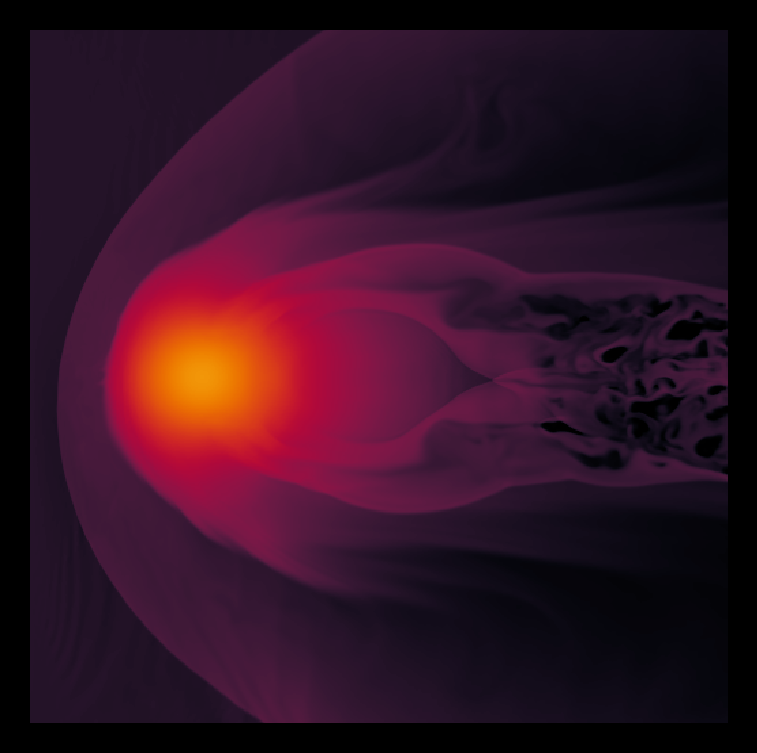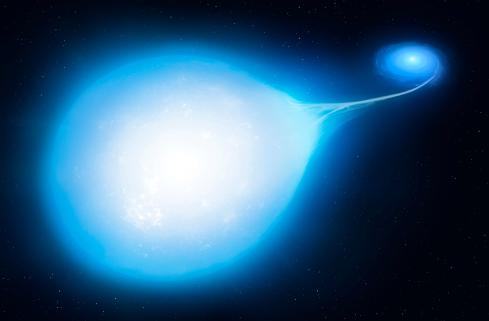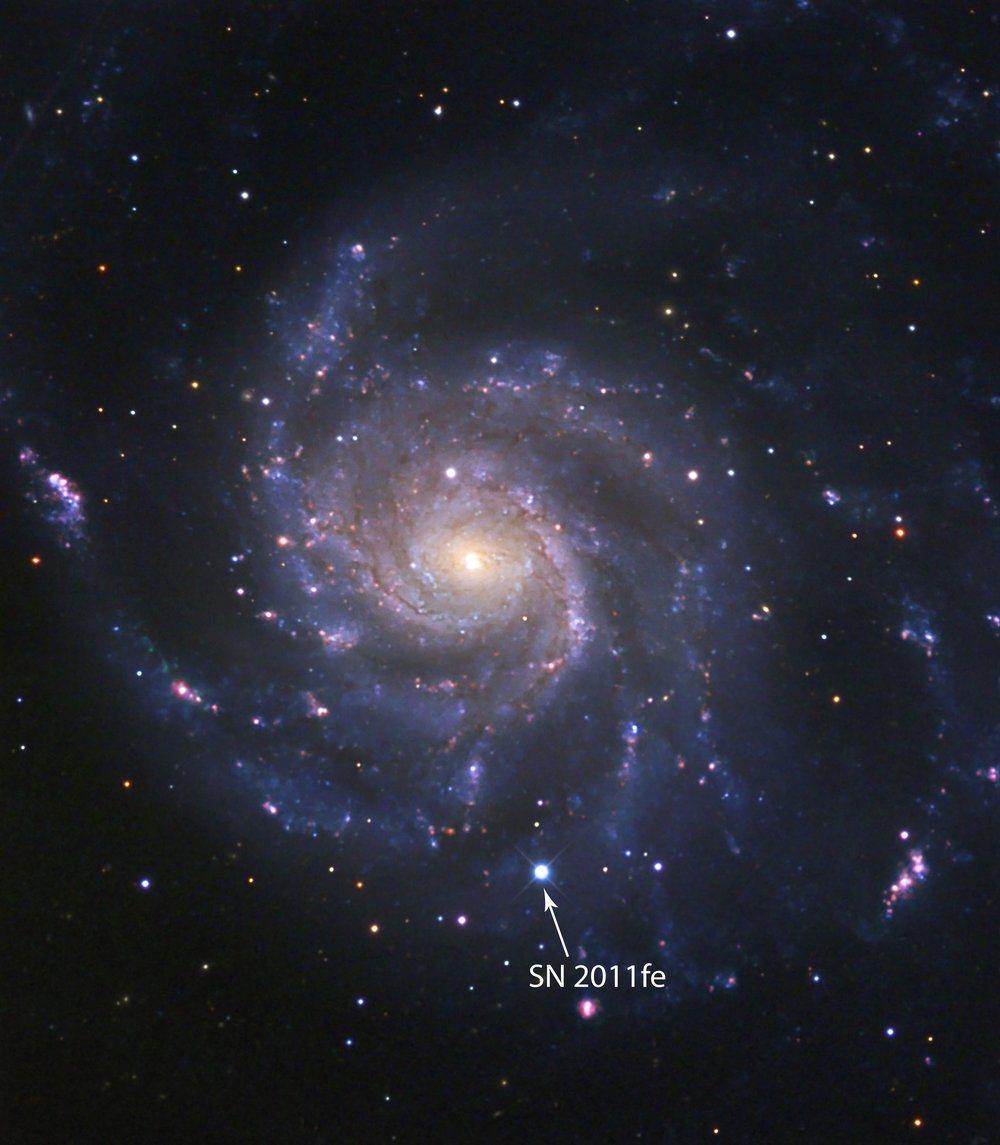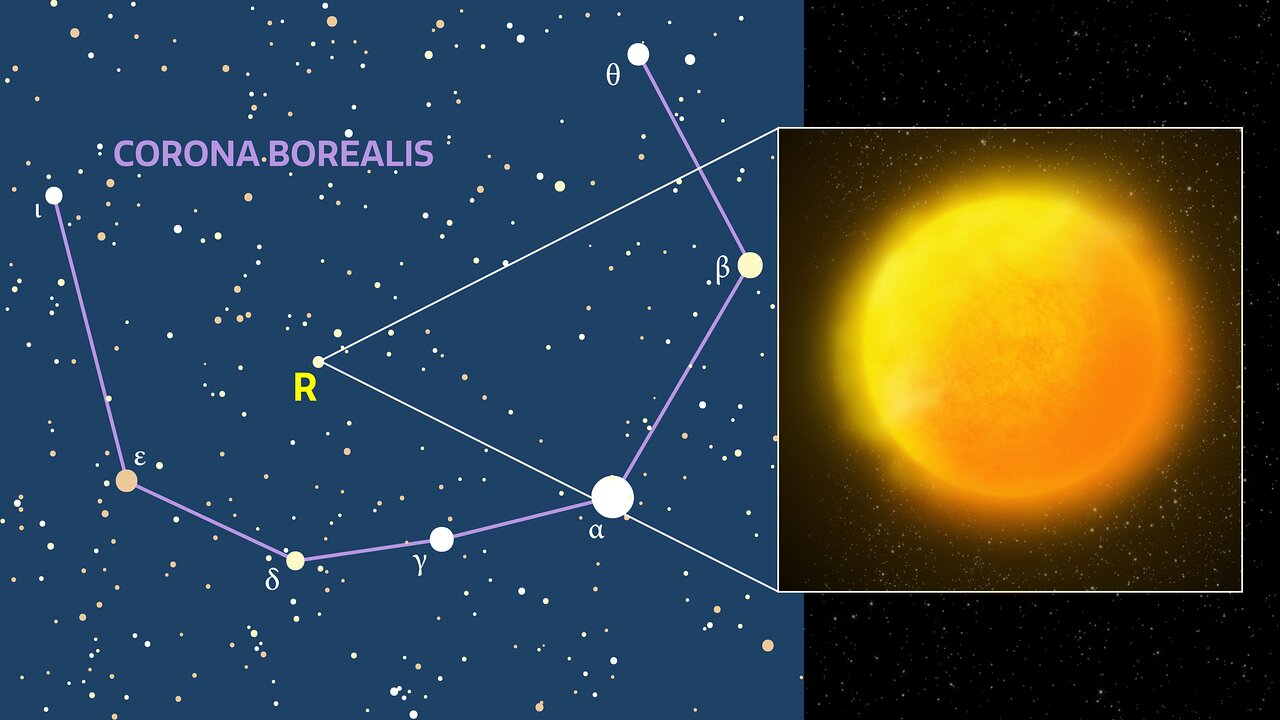Hypervelocity Stars
Their high velocities (1000-2000 km/s), metal-rich surfaces, and inflated radii support the notion that they are the surviving white dwarf companion stars after a type Ia supernova. I use 3D hydrodynamical models to understand how they were shock-heated by supernova ejecta, and 1D stellar models to model their subsequent evolution.
AM CVn Binaries
AM CVn binaries are ultracompact binaries with orbital periods below about an hour, down to 5 minutes, and gravitational sources detectable by space-based missions like LISA. We model the thermal evolution of both white dwarfs in AM CVn binaries, and predict their observable properties for comparison with eclipsing systems discovered from ZTF.
Type Ia/Iax Supernova Progenitors
I use binary evolution models to predict the parameter space and observable properties of helium star-white dwarf binaries leading to Chandrasekhar mass explosions, and of double white dwarf binaries leading to sub-Chandrasekhar mass explosions.
R Corona Borealis Stars
R Corona Borealis stars are a class of hydrogen-deficient, carbon-rich stars. They are believed to be merger products between a helium white dwarf and a carbon-oxygen white dwarf. They exhibit pulsation periods typically between 30 and 100 days. I use stellar models to investigate their pulsation properties.



